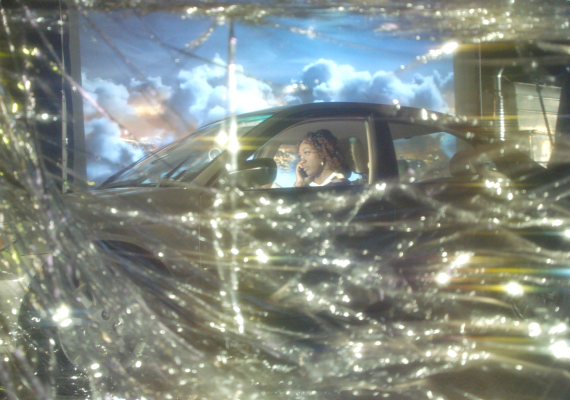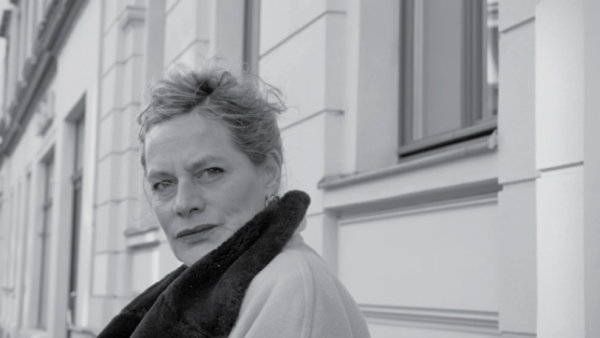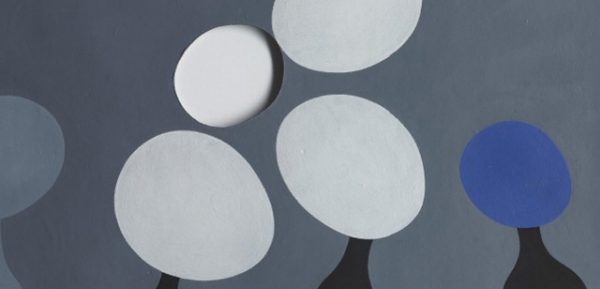The polymorphic work of American artist and filmmaker Garrett Bradley challenges notions of linearity to reveal the circularity in her subject’s lives, and the way the past continues to play out in the present. Through collagic sound scores, archival footage, a beautiful, mostly monochromatic visual aesthetic and process of collaboration, Bradley’s films address the erasure of African American history, the effects of the carceral state, and the psychological repercussions of the pandemic. Creating close studies of individual lives, Bradley expands upon the bigger socio-political issues facing underrepresented communities today.
Her first feature-length film, Below Dreams (2014), charts the lives of three characters trying to navigate the everyday realities of single-parenthood, poverty and loneliness in New Orleans. Wanting to centre the experiences and personal exchanges of actual people, Bradley found her cast using Craigslist. This set in motion a process of collaboration in her filmmaking, whereby her subjects inform and generate the work. In America (2019), she elaborates the existing archive, interweaving her own footage, re-staging scenes of African American innovators from the fields of aviation, sport and music, alongside archival stills from an unreleased film, Lime Kiln Club Field Day (1914), one of the oldest surviving feature films made with an all-Black cast. Bradley’s documentaries on the other hand explore the resilience of women in the present. Time (2020) is a lyrical portrait of Sibil Fox Richardson, and her decades-long campaign for the release of her husband from prison, while Naomi Osaka (2021) follows the tennis champion and her attempt to seek space beyond the spectacles of sporting competitions, criticism and fame. Allowing her subjects to ‘be the camera’, Bradley’s documentaries and collaborative process create intimacy between the viewer and the viewed, and trust between the director and directed.
Collaboration also underpins Bradley’s shorts like Alone (2018) and her ongoing trilogy, starting with AKA (2019) and SAFE (2022), both of which were created with or star long-time friends and collaborators. Whilst Alone sensitively deals with the impact of the carceral state on one woman and her partner, AKA returns to the particular issue of colourism in intergenerational relationships. Her latest film in the trilogy, SAFE, continues this interpersonal exploration of what Black women in the US experience today, but goes one step further by focusing on and recreating their inner, affective worlds.
Shown across three rooms and with a score featuring recordings of sirens, cars and helicopters, SAFE transforms the gallery space into a hyper-alert and sensitised interior domain, one where ‘the inarticulable qualities of intuition and instinct’ are poetically articulated and conjured. It was on the opening night of SAFE, at the Lisson Gallery, that I spoke to Garrett Bradley about the trilogy and her wider oeuvre, as well as her collaborative approach to direction and film, the place of the archive and its function as another ‘interior space’, and how it all started with a hand-held camera and conversations with strangers on a Greyhound bus.








